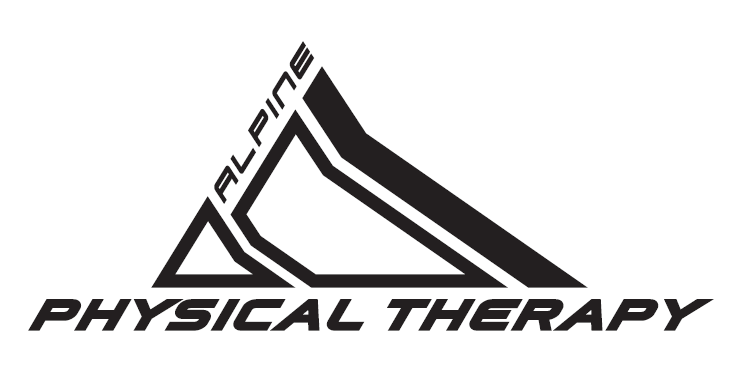Table of Contents
Introduction:
Physical therapy plays a crucial role in helping individuals recover from injuries, manage chronic pain, and optimize their physical performance. Within the realm of physical therapy, muscle therapy stands as a powerful technique that targets the muscular system to promote healing, enhance mobility, and improve overall well-being. In this article, we will explore the benefits of muscle therapy, its various techniques, and its potential to revolutionize the field of physical therapy.

Understanding Muscle Therapy:
Muscle therapy, also known as manual therapy or soft tissue therapy, focuses on manipulating the body’s soft tissues, such as muscles, tendons, ligaments, and fascia, to address pain, dysfunction, and impaired movement. It aims to improve muscle flexibility, reduce muscle tension, promote circulation, and restore proper tissue function.
Benefits of Muscle Therapy:
Pain Relief and Rehabilitation:
Muscle therapy serves as a potent tool for pain relief and rehabilitation. By targeting specific areas of muscle tension, therapists can effectively alleviate pain caused by musculoskeletal conditions, overuse injuries, or trauma. The therapeutic techniques used in muscle therapy, such as deep tissue massage, trigger point therapy, and myofascial release, can help break down scar tissue, improve blood flow, and stimulate the release of endorphins, providing natural pain relief.
Enhanced Flexibility and Range of Motion:
Restricted flexibility and limited range of motion can significantly impact daily activities and athletic performance. Muscle therapy techniques, including stretching, joint mobilization, and active release techniques, can help release muscle tightness, lengthen contracted muscles, and improve joint mobility. By addressing muscular imbalances and reducing muscle restrictions, individuals can achieve greater flexibility, enabling them to move with ease and efficiency.
Injury Prevention and Performance Optimization:
Muscle therapy is not limited to treating existing injuries; it also plays a crucial role in injury prevention and performance optimization. Through a combination of hands-on techniques, corrective exercises, and movement analysis, muscle therapy can identify and address muscle imbalances, postural issues, and movement dysfunctions that may predispose individuals to injuries. By optimizing muscle function, athletes and individuals engaged in physical activities can enhance their performance and reduce the risk of future injuries.
Techniques Used in Muscle Therapy:
Deep Tissue Massage:
Deep tissue massage is a widely recognized muscle therapy technique that focuses on reaching the deeper layers of muscles and connective tissues. This technique involves applying sustained pressure and slow strokes to release muscle tension, break down adhesions, and improve blood circulation.

Trigger Point Therapy:
Trigger points are localized areas of muscle tension that can cause referred pain and restricted movement. Trigger point therapy involves applying pressure to these points to release the tension, alleviate pain, and restore normal muscle function. This technique can be performed manually or using tools like foam rollers or tennis balls.
Myofascial Release:
Myofascial release targets the fascia, a thin layer of connective tissue that surrounds and supports muscles, bones, and organs. Through gentle and sustained pressure, myofascial release helps release restrictions in the fascia, improving mobility, reducing pain, and restoring optimal tissue function.
Revolutionizing Physical Therapy:
The integration of muscle therapy techniques into physical therapy practices has revolutionized the field by offering holistic and patient-centered care. By combining traditional rehabilitation exercises with targeted muscle therapy interventions, physical therapists can achieve more comprehensive and effective treatment outcomes.
Moreover, the evolving technology landscape has also contributed to the advancement of muscle therapy. Innovations such as instrument-assisted soft tissue mobilization (IASTM) tools, therapeutic ultrasound, and electrical stimulation devices have enhanced the precision and efficacy of muscle therapy techniques.
Conclusion:
Muscle therapy stands as a vital component of physical therapy, providing numerous benefits for pain relief, rehabilitation, flexibility, and performance optimization. Through techniques like deep tissue massage, trigger point therapy, and myofascial release, muscle therapy offers a powerful means to address musculoskeletal issues and enhance overall well-being. As the field of physical therapy continues to evolve, the integration of muscle therapy techniques paves the way for more effective and personalized care, enabling individuals to regain their mobility, reduce pain, and achieve their optimal physical potential.
Schedule an appointment at Alpine Physical Therapy for muscle therapy.
